Transform your garden into a haven of intrigue and beauty by exploring the world of rare herbs. From centuries-old remedies to exotic varieties, rare herb gardening offers a unique opportunity to cultivate plants that are not only visually captivating but also rich in history and lore. Whether you’re a seasoned gardener or new to the craft, diving into rare herb gardening can unlock a whole new dimension of gardening experiences. These lesser-known plants are not just fascinating; they can also bring a host of benefits to your space, from enhancing your garden’s aesthetic appeal to offering unique health and culinary possibilities. In this article, we’ll delve into the best rare herbs you can grow, the advantages of incorporating them into your garden, and expert tips for successful rare herb cultivation. Get ready to discover how rare herbs can elevate your gardening game and enrich your life in countless ways.
Key Takeaways
– Discover rare herbs like Ashwagandha, Moringa, and Chia that thrive in specific conditions and offer unique benefits.
– Grow your garden with adaptogenic herbs like Ashwagandha for stress relief and nutrient-rich options like Moringa.
– Add vibrant flavors to your dishes with herbs like Basil Thyme and Cilantro, while enjoying the convenience of growing chia seeds.
– Explore lesser-known herbs such as Lovage, Shiso, and Lemon Balm for their culinary and medicinal values.
– Enhance your garden with sustainable practices by growing heirloom seeds and enjoy fresh, organic herbs year-round.
This section encapsulates the essence of the article, highlighting the unique benefits and growing tips for rare herbs, while emphasizing sustainable gardening practices.
Great Rare Herbs You Can Grow in Your Garden
Growing rare herbs can be a rewarding experience for any gardener. These unique plants offer fascinating history, distinctive flavors, and often require special care. Here are some rare herbs worth considering for your garden:
- Basil (Cinnamon) – Originating from India, this variety has a sweet, clove-like flavor. It thrives in warm climates and is perfect for adding a unique twist to dishes.
- Cilantro (Mexican Dwarf) – A compact version of the usual cilantro, this herb grows quickly and is ideal for small gardens. It adds a fresh, citrusy taste to meals.
- Dill (Long Leaf) – Known for its long, daisy-like flowers, this dill variety is perfect for pickling or adding a tangy flavor to fish dishes.
- Lemongrass – A tropical herb with a citrusy aroma, lemongrass is excellent for Thai cuisine and can be grown in warmer climates.
- Mint (Chocolate) – This mint variety has a rich, chocolatey flavor and is known for its hardiness in various growing conditions.
- Parsley (Flat Leaf) – A versatile herb with a robust flavor, flat leaf parsley is commonly used in Mediterranean dishes and thrives in well-drained soil.
- Rosemary (Sloe) – A slow-growing herb with fragrant blue flowers, sloe rosemary is perfect for seasoning meats and adding a floral touch to dishes.
- Thyme (Lemon) – Known for its lemony fragrance, lemon thyme is a great companion plant for herbs like basil and rosemary.
When growing rare herbs, consider the following tips:
- Soil Preparation: Most rare herbs prefer well-draining soil with a neutral to slightly acidic pH level. Amend your soil with compost or peat moss if necessary.
- Water Needs: Some rare herbs, like lemongrass, require consistent moisture, while others, like rosemary, prefer drier conditions. Water accordingly based on your region’s climate.
- Location: Choose a sunny spot with adequate airflow to prevent fungal diseases. Rare herbs are often prone to pests, so proper spacing is essential.
For more information on growing rare herbs and finding the best seeds, visit Old Seed . Their experts provide detailed guides and resources to help you succeed with heirloom gardening.
Don’t forget to explore their heirloom seeds collection and download their garden planning guide for personalized planting advice!
What Are the Benefits of Growing Rare Herbs in Your Garden?
Growing rare herbs in your garden offers a unique set of benefits that can enhance your gardening experience and lifestyle in various ways. Here’s a breakdown of the key advantages:
- Uniqueness and Curiosity : Rare herbs are often distinctive and less common, making them fascinating additions to any garden. Their distinct characteristics and history can spark curiosity and interest among plant lovers.
- Culinary Delights : Many rare herbs boast rich flavors and aromatic qualities, perfect for enhancing culinary creations. Herbs like rare basil varieties or lemongrass can add a unique touch to meals, making your dishes stand out.
- Historical Significance : Rare herbs often carry historical importance, serving as reminders of ancient practices and cultural heritage. Their presence in your garden can connect you to historical contexts and traditions.
- ** Ornamental Appeal**: Beyond their functional uses, rare herbs can add visual interest to your garden. Their vibrant colors, unusual shapes, and textures make them eye-catching elements in flower beds or containers.
- Health Benefits : Some rare herbs are known for their medicinal properties. For instance, certain varieties may offer antioxidant benefits or support digestive health, aligning with wellness-focused lifestyles.
- Sustainable Practices : Growing rare herbs can encourage sustainable gardening practices, as many are adapted to specific climates and require little intervention, fitting well into eco-friendly gardens.
By cultivating rare herbs, you not only enrich your garden but also contribute to biodiversity and cultural preservation. Explore the world of rare herbs and discover how they can transform your space and lifestyle. Explore Our Rare Herb Collection
Best Practices for Growing Rare Herbs
Growing rare herbs requires careful consideration of their unique needs, from soil preparation to harvesting techniques. Here are some expert tips to help you succeed:
1. Choose the Right Location
Many rare herbs originate from specific climates, so select a spot in your garden that mimics their native environment. For example, warm-climate herbs like basil thrive in sunny areas, while cool-season herbs like parsley prefer partial shade.
2. Prepare the Soil
Rare herbs often require well-draining soil to avoid root rot. Test your soil’s pH level and amend it with compost or aged manure to ensure it’s nutrient-rich. Loosen the soil gently to provide adequate drainage.
3. Watering Techniques
Consistent moisture is crucial, but avoid overwatering. Use mulch to retain soil moisture and suppress weeds, allowing the plant to focus its energy on growth rather than competing with unwanted plants.
4. Fertilization
Feed your rare herbs with a balanced fertilizer, such as compost or fish emulsion, to promote healthy growth. Avoid over-fertilizing, as this can harm sensitive plants.
5. Pest Control
Monitor for common garden pests like aphids and spider mites. Use organic methods like neem oil or insecticidal soap to protect your herbs without harming the environment.
6. Select the Right Varieties
Look for heirloom or heritage seeds that are suited to your region. Check seed catalogs or visit local nurseries for availability. Consider starting seeds indoors to give them a head start.
7. Companion Planting
Integrate companion plants like marigolds (to deter pests) or nasturtiums (to attract pollinators) to support your rare herbs. This can improve their health and yield.
8. Harvesting at the Right Time
Harvest herbs when they reach peak flavor, as this often coincides with their blooming period. Regular harvesting encourages continuous growth and prevents the plant from focusing on flowering.
9. Storage and Preservation
After harvesting, dry or cure the herbs according to their type. For example, delicate herbs like cilantro may benefit from quick freezing, while woody herbs like rosemary can be dried and stored in airtight containers.
10. Sustainable Gardening
Consider sustainable practices to protect rare herbs. Avoid overharvesting and explore seed-saving techniques to propagate heirloom varieties for future generations.
11. Seek Advice
Join online gardening communities or local gardening groups to connect with experienced growers who can offer tailored tips and advice for your specific herbs.
By following these best practices, you can successfully grow rare herbs and enjoy their unique flavors and benefits year after year.
Rare Herbs You Can Grow in Your Garden
Gardening enthusiasts often seek unique ways to enhance their outdoor spaces, and growing rare herbs can be both rewarding and intriguing. These uncommon plants not only add visual interest to your garden but also offer culinary and medicinal benefits. Here are some rare herbs you can consider growing:
- Ashwagandha : Originating from India, this adaptogenic herb thrives in well-drained soil and prefers partial sunlight. Known for its stress-relieving properties, it’s gaining popularity among health-conscious individuals.
- Moringa : Often called the “miracle tree,” moringa is native to South Asia and Africa. It grows quickly in tropical climates and is rich in nutrients. The leaves and pods are highly valued in various cuisines and health products.
- Chia : Though commonly associated with pets, chia seeds can be grown in temperate regions. They require full sun and well-drained soil, making them a versatile option for small gardens.
- Basil Thyme : A fragrant herb with a thyme-like flavor, basil thyme is perfect for seasoning dishes. It requires moderate sunlight and well-watered soil, much like regular basil.
- Cilantro : While widely used in cooking, cilantro can be tricky to grow due to its preference for cool temperatures. It thrives in partial shade and well-nourished soil.
Growing rare herbs can be a fulfilling endeavor, offering both aesthetic and practical benefits. For more tips on cultivating these and other rare herbs, explore our garden resources and learn how to create a sustainable gardening space.
Rare Herbs You Can Grow in Your Garden
Gardening enthusiasts often seek unique ways to enhance their outdoor spaces, and growing rare herbs can be both rewarding and intriguing. These uncommon plants not only add visual interest to your garden but also offer culinary and medicinal benefits. Here are some rare herbs you can consider growing:
- Ashwagandha : Originating from India, this adaptogenic herb thrives in well-drained soil and prefers partial sunlight. Known for its stress-relieving properties, it’s gaining popularity among health-conscious individuals.
- Moringa : Often called the “miracle tree,” moringa is native to South Asia and Africa. It grows quickly in tropical climates and is rich in nutrients. The leaves and pods are highly valued in various cuisines and health products.
- Chia : Though commonly associated with pets, chia seeds can be grown in temperate regions. They require full sun and well-drained soil, making them a versatile option for small gardens.
- Basil Thyme : A fragrant herb with a thyme-like flavor, basil thyme is perfect for seasoning dishes. It requires moderate sunlight and well-watered soil, much like regular basil.
- Cilantro : While widely used in cooking, cilantro can be tricky to grow due to its preference for cool temperatures. It thrives in partial shade and well-nourished soil.
Growing rare herbs can be a fulfilling endeavor, offering both aesthetic and practical benefits. For more tips on cultivating these and other rare herbs, explore our garden resources and learn how to create a sustainable gardening space.
What Are Some Rare Herbs You Can Grow in Your Garden?
Growing rare herbs in your garden can be a fascinating and rewarding experience. These uncommon plants not only add uniqueness to your green space but also offer a variety of uses, from culinary delights to medicinal benefits. Here are some rare herbs worth considering:
- Lovage (Levisticum officinale) – Known for its distinctive flavor, lovage is a versatile herb often used in soups and stews. It’s a hardy plant that thrives in cooler climates and adds a peppery kick to dishes.
- Shiso (Perilla frutescens) – Originating from Asia, shiso is a fragrant herb with a mint-like aroma. It’s commonly used in Japanese cuisine and has medicinal properties.
- Lemon Balm (Melissa officinalis) – A member of the mint family, lemon balm is known for its refreshing citrus scent and is often used in herbal teas and insect repellents.
- Chervil (Anthriscus cerefolium) – Similar to parsley, chervil has a delicate, slightly bitter taste. It’s a favorite in French cuisine and grows well in cool, moist conditions.
- Marigold (Tagetes erecta) – While more commonly known for its bright flowers, marigold leaves are edible and add a tangy flavor to salads and soups.
Rare herbs like these can be challenging to find, but many are readily available online or through local nurseries. Growing them yourself ensures fresh, organic herbs for your kitchen. Just make sure to check local regulations before planting, as some rare herbs may have restricted growth conditions.
Old Seed offers a variety of heirloom seeds, including many rare herb varieties, perfect for your garden. Visit our website to explore our collection and learn more about sustainable gardening practices.
Final thoughts: Growing rare herbs can transform your garden into a haven of flavors and aromas. They are not just beautiful additions but also valuable contributors to your culinary adventures. Happy gardening!

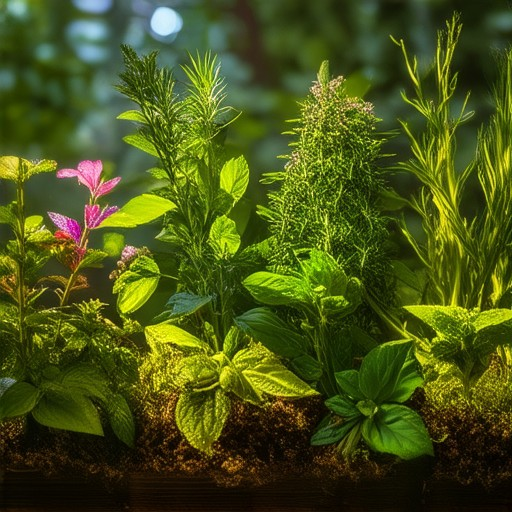
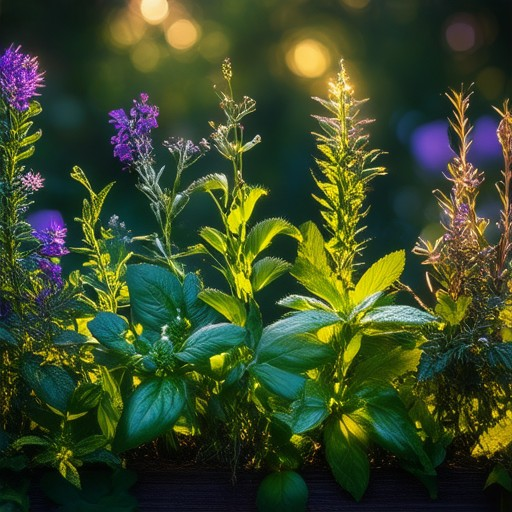
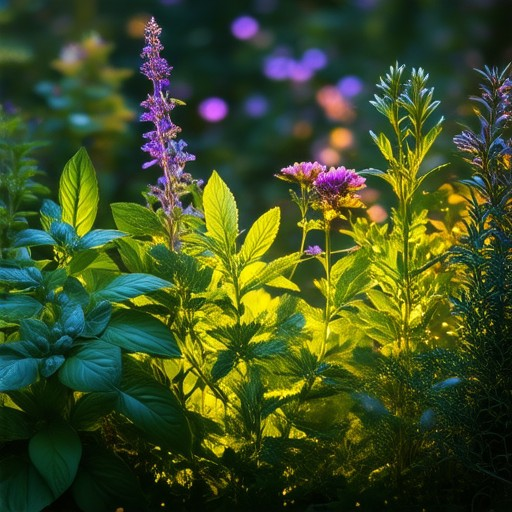
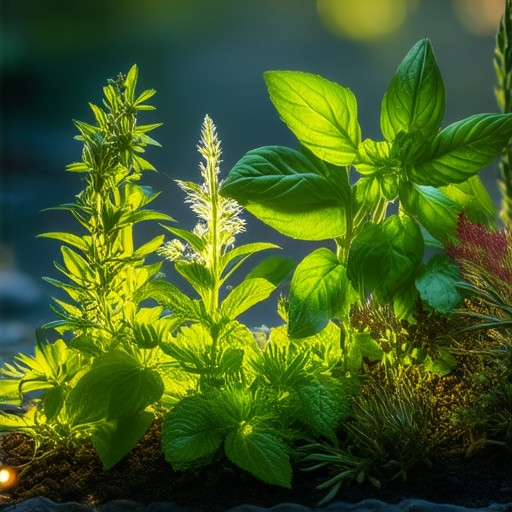

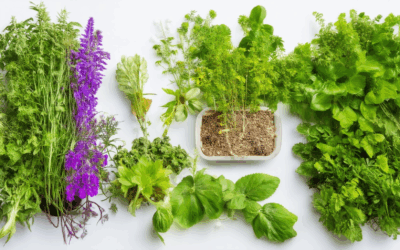
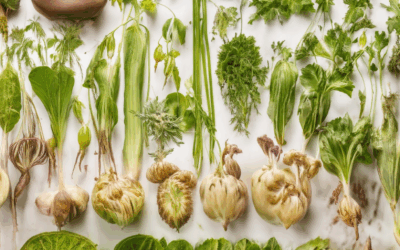
0 Comments